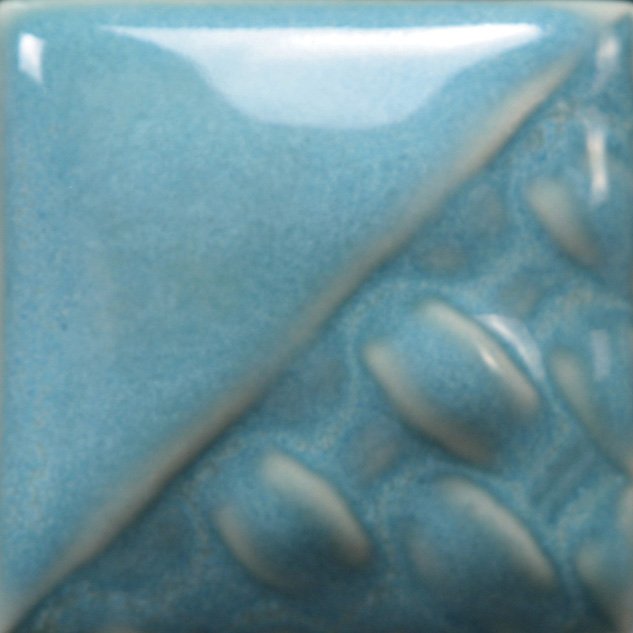Stoneware
Mayco’s Stoneware glaze assortment, including Classic, Matte, Crystal, and Gloss, offers a variety of finishes, textures and endless possibilities for glaze combinations. Available in both liquid and dry.
One of the most distinctive traits of Mayco’s Stoneware is that the glazes provide consistent performance and intriguing visual interest. They are best known for being receptive and favorable to the user during both application and firing. Mayco Stoneware glazes are friendly to the user in application, layering and firing. Many glazes will break over textures, revealing secondary colors and shades. The choice of clay body, thickness of glaze application, firing process and temperature will affect the fired results.












